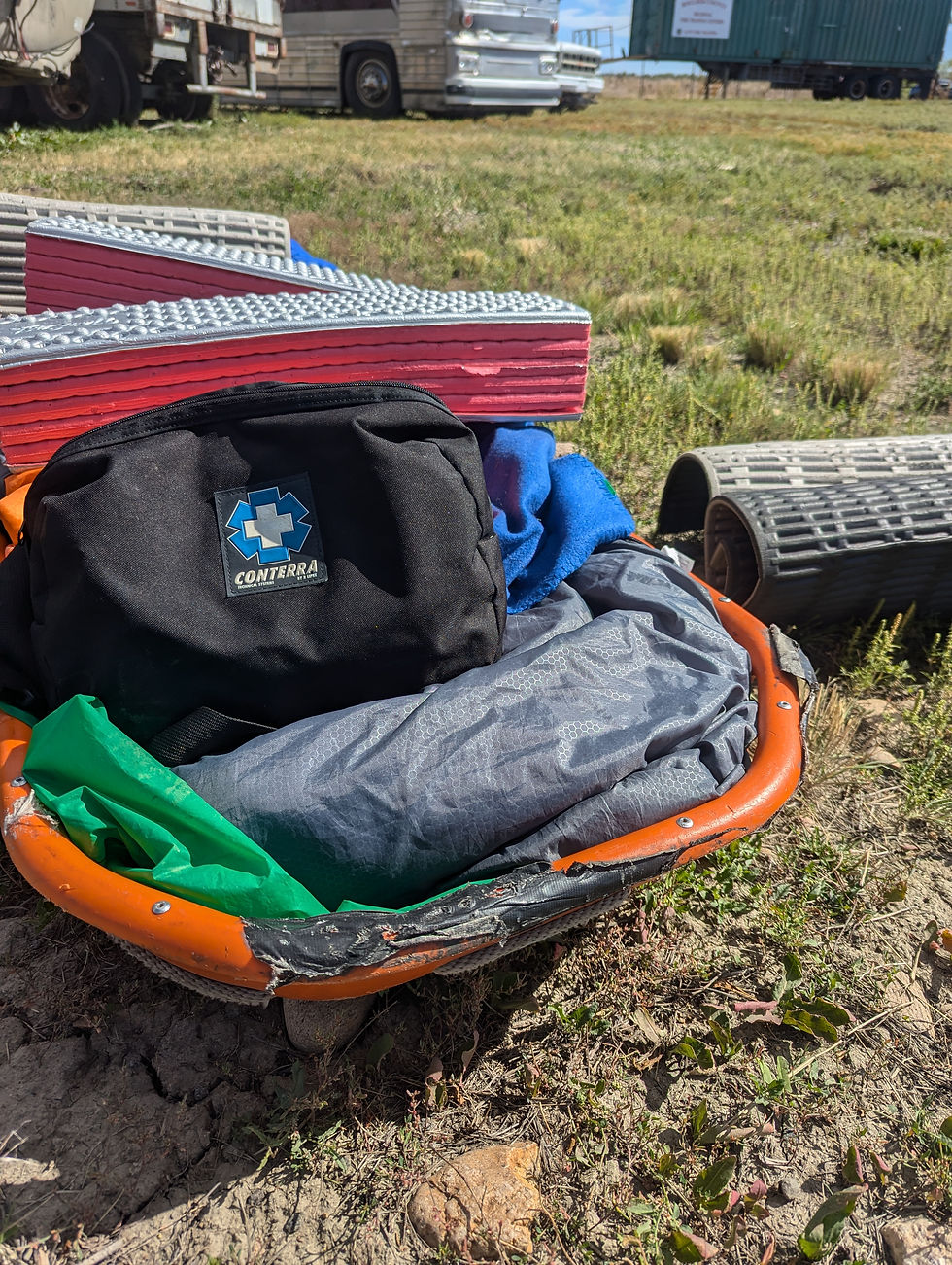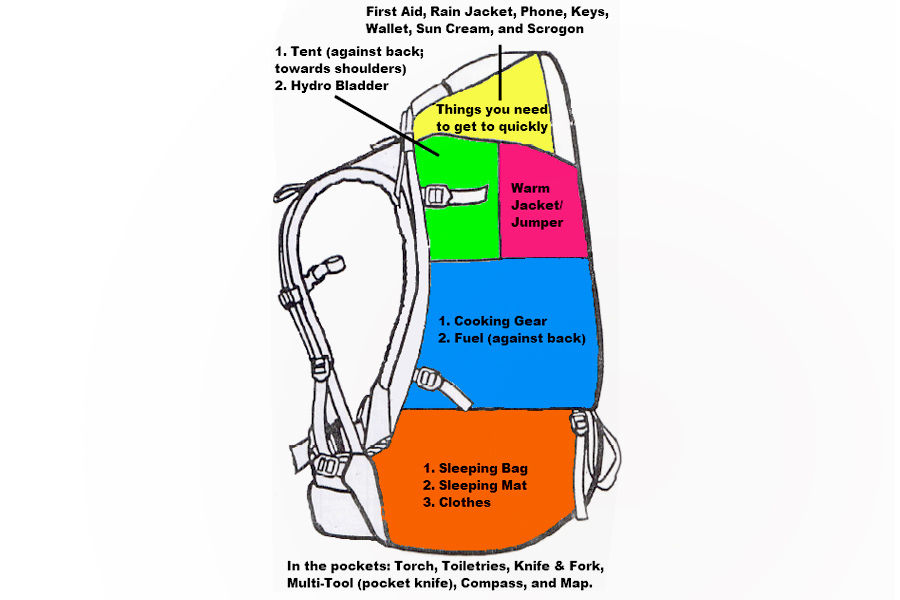Life-Saving Skills Every Adventurer Should Know
- lamouria1983
- Apr 11
- 3 min read
Whether you're summiting a ridgeline at sunrise, biking forest trails, or hiking with your family, adventure carries risk, and that’s part of why we love it. But what if something goes wrong? What if you're the only one around who can help?
At Turn Left Adventures, we believe every adventurer should carry more than just gear; they should carry life-saving skills. And the best part? You don’t need to be a doctor, firefighter, or superhero to learn them. You just need to show up and be willing.
Here are three critical skills we teach in our wilderness medicine courses that could make you the most prepared person on the trail—or even in your neighborhood.

1. How to Wrap an Ankle (Properly)
Ankle injuries are the number one injury in the wilderness. One misstep on rocky terrain or uneven ground can suddenly turn your day hike into a rescue scenario.Knowing how to properly wrap an ankle can prevent further injury, keep someone mobile while help arrives, or help you walk yourself out.
Check out this quick video tutorial for a visual breakdown.
✅ Quick Self-Check: Do you know how to create a figure-8 wrap? Do you carry Kinesio tape (KT) or Ace bandage in your pack?
2. How to Stop a Life-Threatening Bleed
This one’s intense—but it saves lives.
Life-threatening bleeds often happen in the “shorty wetsuit” zone—from your neck to your elbows, and from your waist to your knees. That’s where the major arteries live and where we train you to look first.
Here’s what we teach:
How to identify the bleed at the skin level
How to apply well-aimed, direct pressure to the wound
How to use a tourniquet, make a pressure bandage, and even perform a tourniquet conversion
Yes, it’s messy. Yes, it’s real. And yes—it could save someone’s life.
✅ Could you find and stop a bleed in a stranger lying unresponsive on a trail?
3. How to Move or Roll an Unresponsive Person
It sounds simple, but when someone is unresponsive or unable to move, how you move them matters—especially when the spine or airway could be compromised.
We teach:
How to protect the three major weight centers: head, shoulders, hips
How to roll someone safely using single-axis movement
How to position a person in recovery to prevent airway obstruction (like vomit)
Even if you’re not big, you can confidently move someone twice your size if you follow the correct principles. This is one of the most empowering skills we teach, especially for solo hikers or leaders guiding groups.
✅ Do you know the safest way to check someone for injuries or reposition them to protect their breathing?
These are just a few of the many real-world skills we cover in our Wilderness First Aid, Advanced First Aid, and Wilderness First Responder courses. Whether you have two days or five, there's a course designed to fit your schedule—and you need to be ready.
Your Adventure Is Calling—Make Sure You’re Ready
You don’t need prior experience, just the desire to learn. Our medically trained guides will equip you with the confidence and skills to handle the unexpected in the wild and back home.
Spots are limited, so turn left today. Sign up for one of our upcoming wilderness medicine courses and be the kind of adventurer who’s not just brave—but prepared.
.png)









Comments